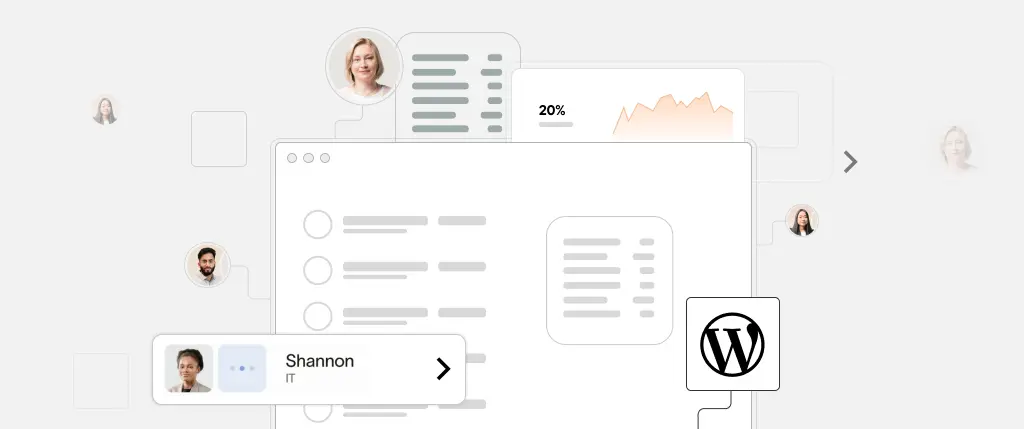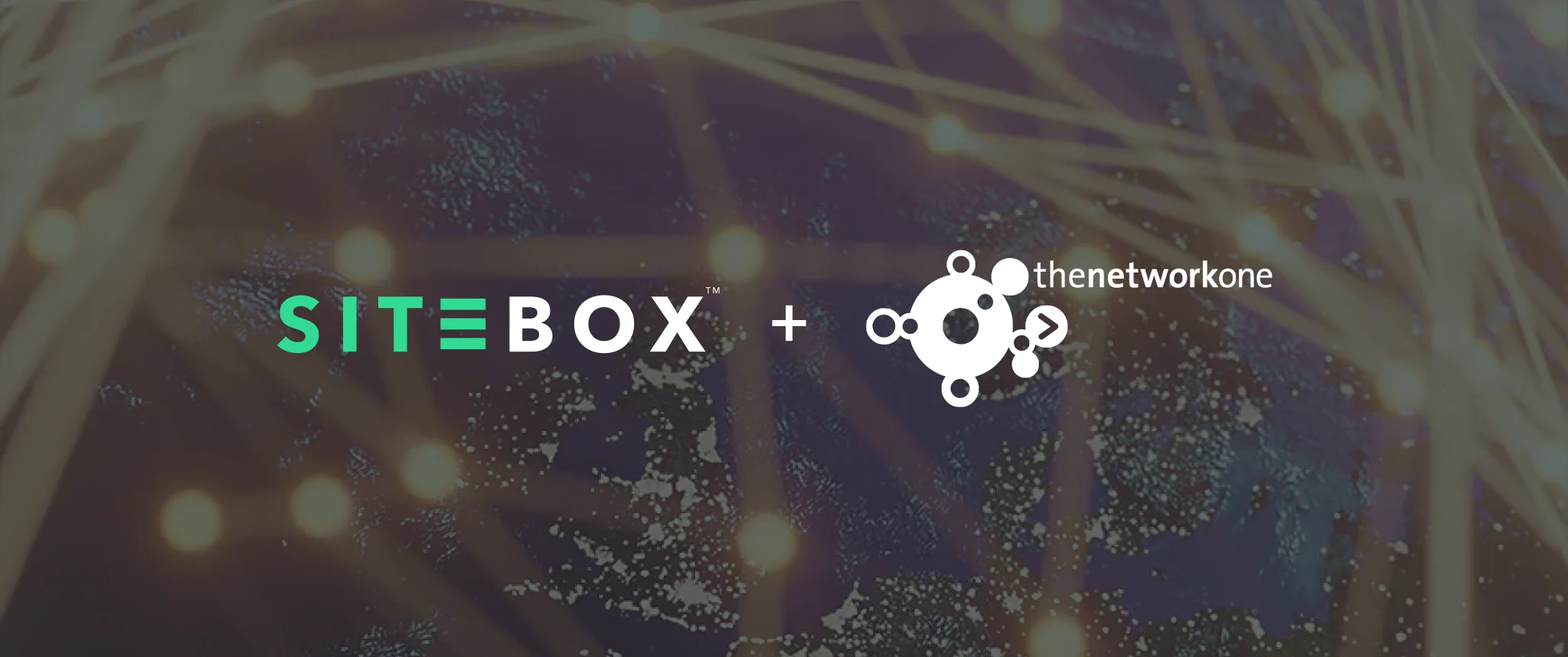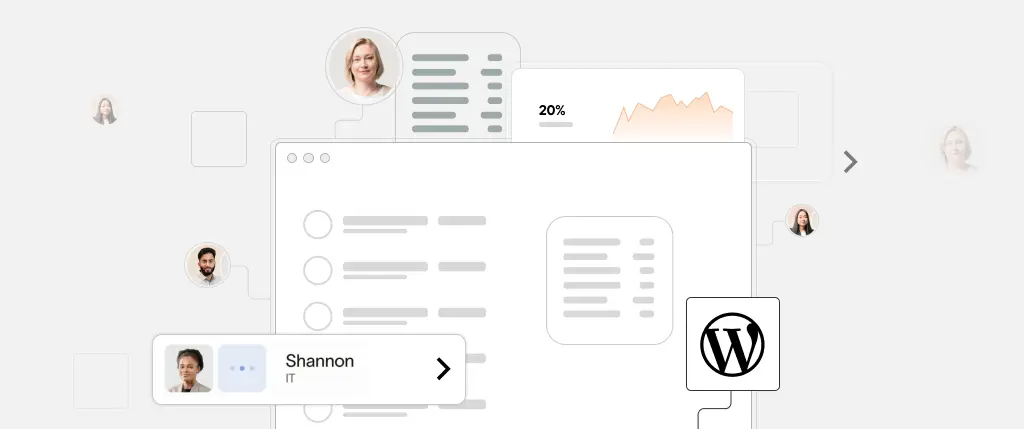CI/CD in WordPress with GitOps is no longer a futuristic concept – it’s the new standard for teams seeking speed, safety, and scalability in their development workflows.
Despite powering over 40% of the web, WordPress development is often plagued by fragile deployments, FTP uploads, and inconsistent staging practices. CI/CD (Continuous Integration / Continuous Deployment) combined with GitOps principles helps eliminate these bottlenecks by treating your Git repository as the control center for every change.
In this guide, you’ll learn how to modernize your WordPress development pipeline with CI/CD and GitOps, ensuring repeatable, testable, and rollback-safe releases.
Core Concepts
What Is CI/CD?
CI/CD is a set of practices that automate how code is built, tested, and delivered:
- Continuous Integration: Every change is automatically tested and merged into the main codebase.
- Continuous Deployment: Once tests pass, the code is deployed automatically to staging or production.
For WordPress, this means:
- Testing plugins/themes on every commit
- Eliminating manual deployments via FTP
- Ensuring production always matches the code in Git
What Is GitOps?
GitOps is a methodology where Git is the single source of truth for both application code and infrastructure. All deployments are driven by Git changes – tools like FluxCD or ArgoCD sync your servers with Git.
Benefits:
- Instant rollback to any previous state
- Transparent history of infrastructure and code
- Reduced risk of human error in production
Why WordPress Needs a Smarter Workflow
WordPress wasn’t built with automation in mind, and developers face specific challenges:
- Database-driven content is hard to version
- Media uploads can’t live in Git
- Admin panel changes aren’t trackable
- Plugins/themes are often edited live on servers 😬
Solution: Embrace Git for code, CI/CD for automation, and GitOps for delivery. Together, they bring order to WordPress chaos.
How to Implement CI/CD in WordPress with GitOps
1. Git as the Source of Truth
Only store custom code – plugins, themes, mu-plugins – in your Git repo. Avoid uploading media or WordPress core.
2. CI/CD Workflow with GitHub Actions (Example)
name: Deploy Theme
on:
push:
branches: [ main ]
jobs:
deploy:
runs-on: ubuntu-latest
steps:
- uses: actions/checkout@v3
- name: Deploy via SSH
run: |
rsync -avz --delete wp-content/themes/my-theme/ user@host:/var/www/wp-content/themes/my-theme/3. Use GitOps Tools to Pull Code (Not Push)
- FluxCD or ArgoCD watch your Git repo
- When changes are committed, they pull updates to your infrastructure
- Declarative YAML ensures predictability
Managing Environments
Create clearly separated environments:
- Local: For development and debugging
- Staging: Identical to production, used for preview
- Production: Live site
In wp-config.php:
define('WP_ENV', getenv('WP_ENV') ?: 'production');Use .env files per environment with tools like Bedrock or WP-CLI.
Handling State (Media, Database, Secrets)
- Media: Offload to S3 or similar with WP Offload Media
- Database: Use WP Migrate DB Pro or CLI-based syncs
- Secrets: Never commit credentials – use GitHub/CI secrets store
Example:
scp local.sql user@server:~
ssh user@server 'wp db import ~/local.sql && wp search-replace localhost staging.example.com'Containerized WordPress with GitOps
Using Kustomize + Git:
apiVersion: apps/v1
kind: Deployment
metadata:
name: wordpress
spec:
template:
spec:
containers:
- name: wordpress
image: wordpress:6.5FluxCD or ArgoCD will automatically apply any Git changes.
Best Practices
✅ Separate Code from Content
Never commit media, DB dumps, or WordPress core.
✅ Automate Testing
Use PHPUnit and PHPCS:
composer require --dev phpunit/phpunit squizlabs/php_codesniffer
vendor/bin/phpunit
vendor/bin/phpcs --standard=WordPress .✅ Plan Rollbacks
Deploy by tag or commit hash. Revert safely:
git checkout tags/v1.0.2
git push origin HEAD:mainConclusion
CI/CD in WordPress with GitOps unlocks the speed and safety modern teams demand. By automating everything from testing to deployment and using Git as your single source of truth, you reduce downtime, eliminate human error, and move faster than ever.
No more broken FTP uploads. No more midnight hotfixes. Just clean, automated releases.
How Sitebox Makes It Effortless
Sitebox was built to bring GitOps and CI/CD to WordPress developers – without DevOps headaches.
🚀 What Sitebox Does:
- Git-based Deployments: Push to Git → your site updates automatically
- CI/CD Integration: GitHub, GitLab, Bitbucket support out of the box
- Edge-Ready Delivery: Deploy your frontend to edge locations for low latency
- Rollback Support: Revert any deployment with a click
- Container & Headless Ready: Supports full-stack, headless, and SSR environments




